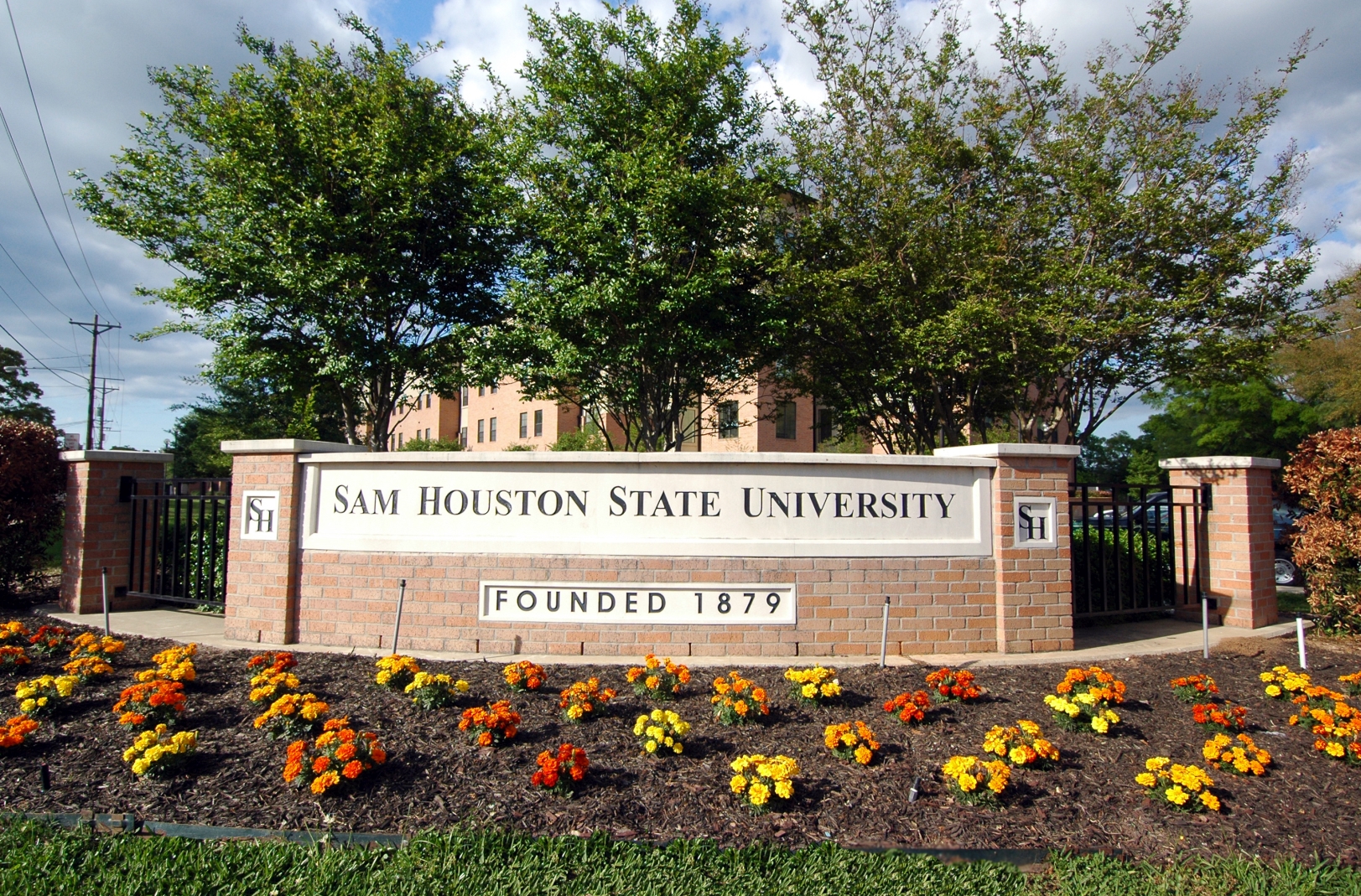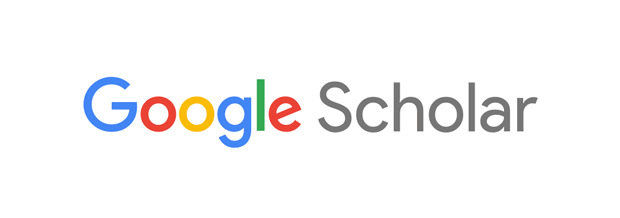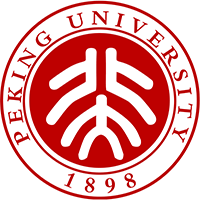Workshop Title:
A Cross-Disciplinary Approach to Picasso's Bilingual Poetry
Date:
August 28th, 2023 (CDT)
Organizer:
Prof. Enrique Mallen, Professor in Sam Houston State University
Keywords:
- Intercultural Competence
- Critical Thinking
- Cognition
- Linguistics
- Language Development
Workshop Chair:
Personal Bio:
Dr. Enrique Mallen is Professor at Sam Houston State University. He regularly teaches courses on language, art and culture. He is Director of the Online Picasso Project. He has published extensively on language, art and literature. Among his most recent publications are the books Pablo Picasso and Dora Maar: A Period of Conflict (1936-1946) (2021) and Pablo Picasso: The Aphrodite Period (1924-1936) (2020).
Workshop Description:
Background
The onset of Pablo Picasso's writing is said to have coincided with a marital crisis as well as the deteriorating sociopolitical situation in his home country. This brought about a substantial decrease in his pictorial output. Writing now became his alternative outlet. He had always been interested in writing. As early as 1893, when he was just 12 years old, Picasso had started to write a periodical. The following year he started a second one illustrated with portraits and caricatures. At age 20, during his brief stay in Madrid, he had also coedited a new art and literary journal called Arte Joven. If these earlier incursions into verbal expression show Picasso's proclivity for language, his interest in linguistic representation really came to fruition in 1911, as he started inserting strings of words into his compositions. My claim is that he resorted to writing as a venue to think through these problems.
Goal/Rationale:
I examine Picasso's poems as thinking tools both for the artist and for the viewer. His poetry is primarily conjunctive. He frequently made additions as he revised his poems, and those added phrases are often conjuncts. They are purposely often placed at different levels, or in the margins, etc., as if they were footnoted "afterthoughts."" His labyrinthine writing works through paratactic relations between terms, resulting in semantic concatenations that are held together (and simultaneously separated) by spatial metonymical juxtapositions. We also examine the fact that in both his writing and his art, Picasso was fundamentally a multidisciplinary artist. Very often, his work in one "language" had a direct impact on another. The crossover between media is the norm, rather than the exception for Picasso, and this has linguistic and cognitive beneficial outcomes.
Scope and Information for participants
We explore the type of poetry Picasso produced. This is a form of writing that is oriented towards language itself. He made frequent additions and revisions of his poems. The added phrases are often conjunctive, and are purposely placed at different levels, or in the margins, etc., as if they were footnoted "afterthoughts." His labyrinthine writing works through paratactic relations between terms, resulting in semantic concatenations that are held together (and simultaneously separated) by spatial meto-nymical juxtapositions. I also examine the interrelation between different media in Picasso. In both his writing and his art, he was fundamentally a multidisciplinary artist. The crossover between media is the norm, rather than the exception for Picasso. Very often, his work in one "language" had a direct impact on another. I examine the cognitive advantages of such an interdisciplinary approach.
Highlights:
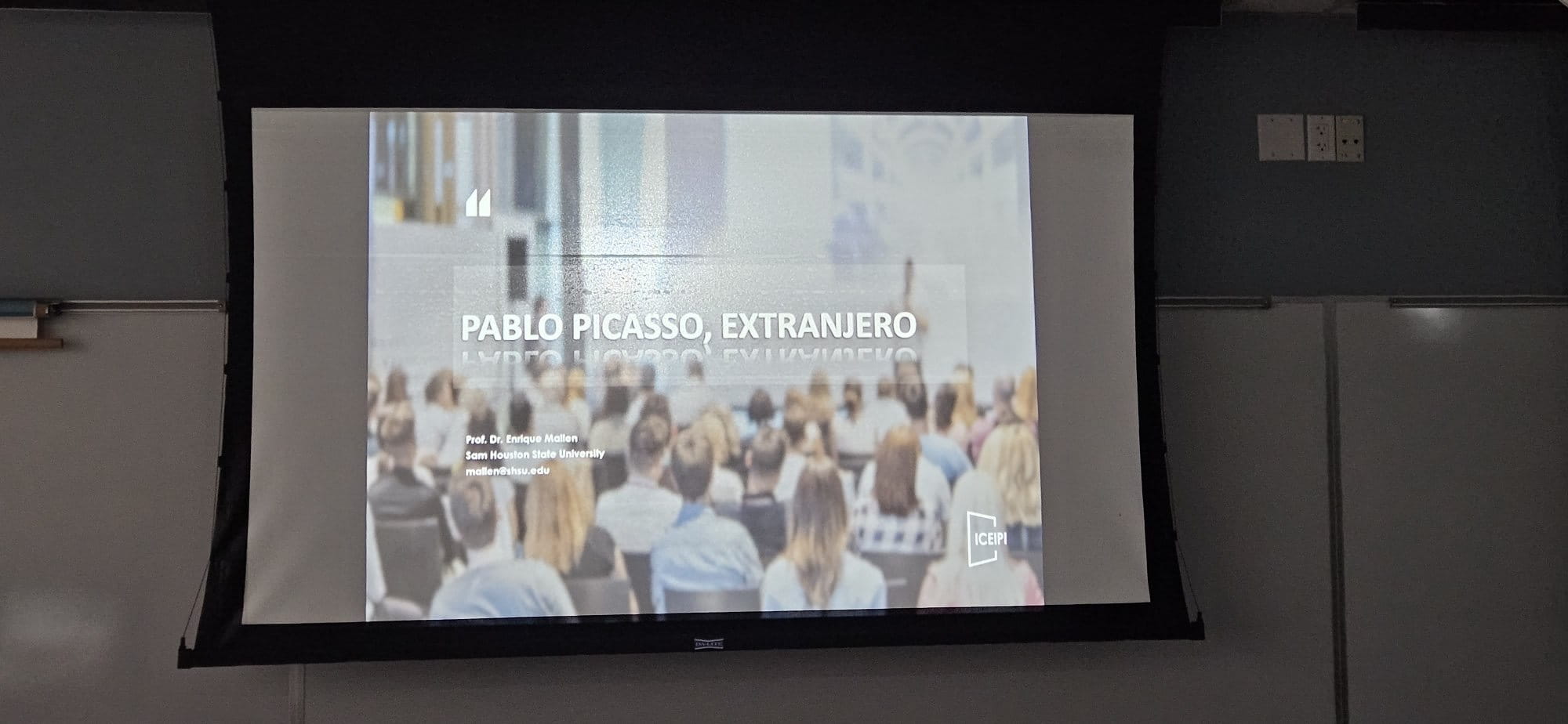
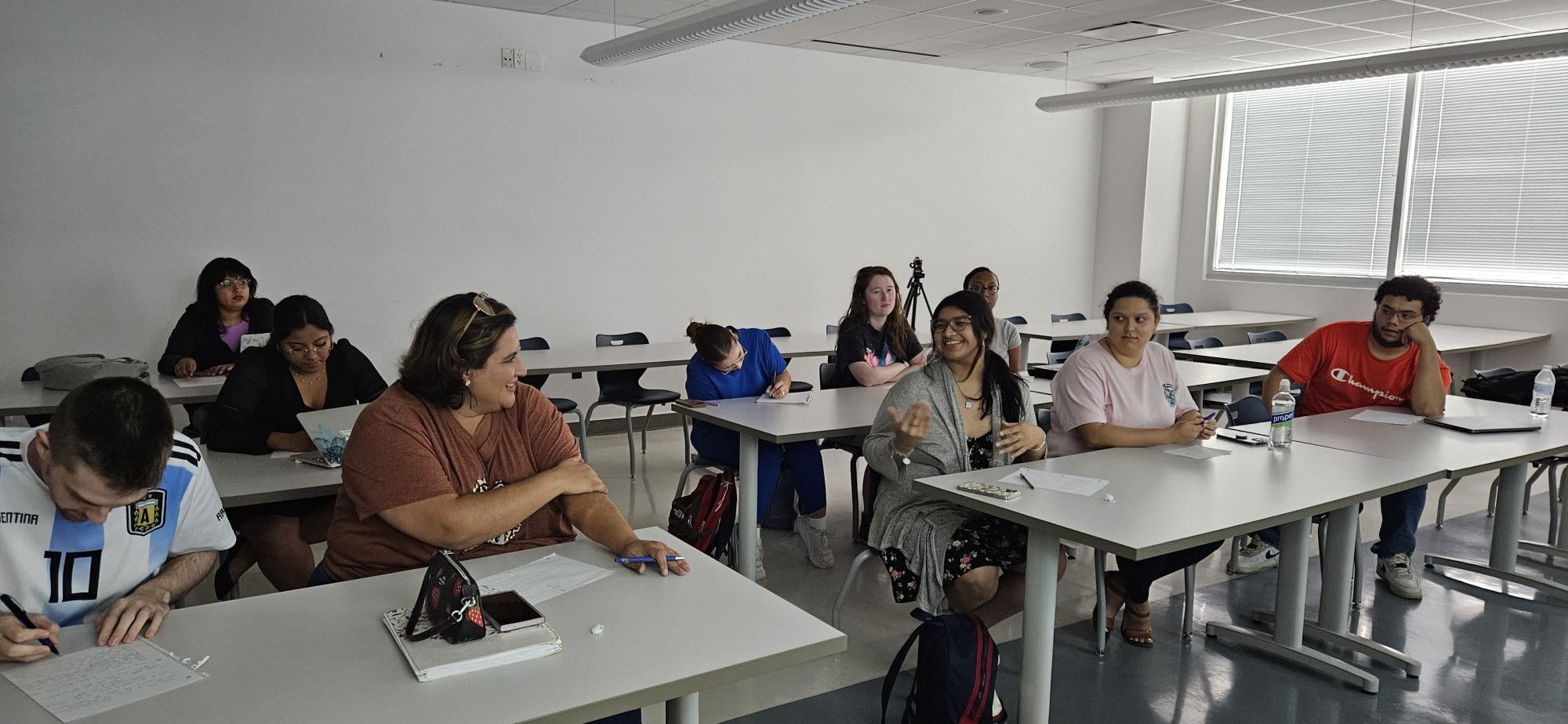
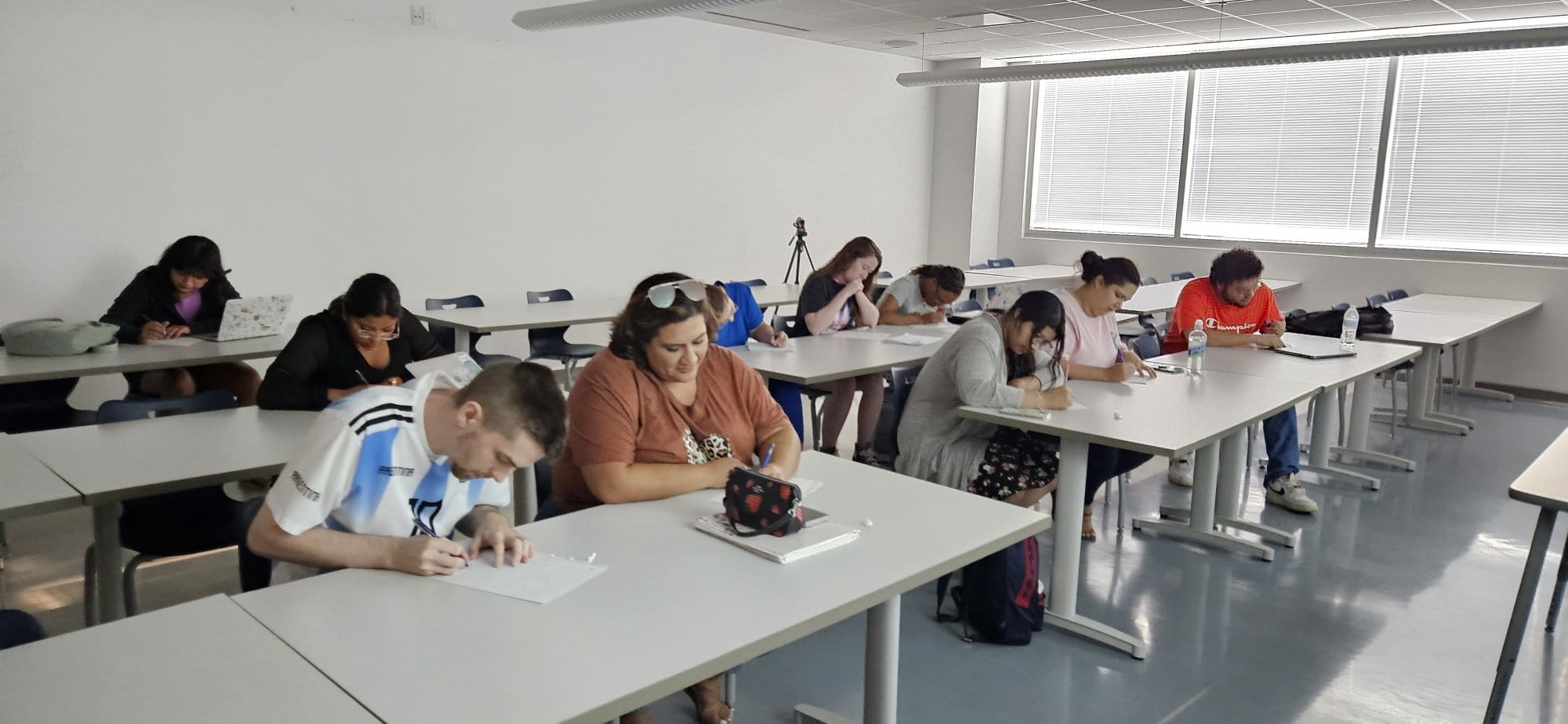
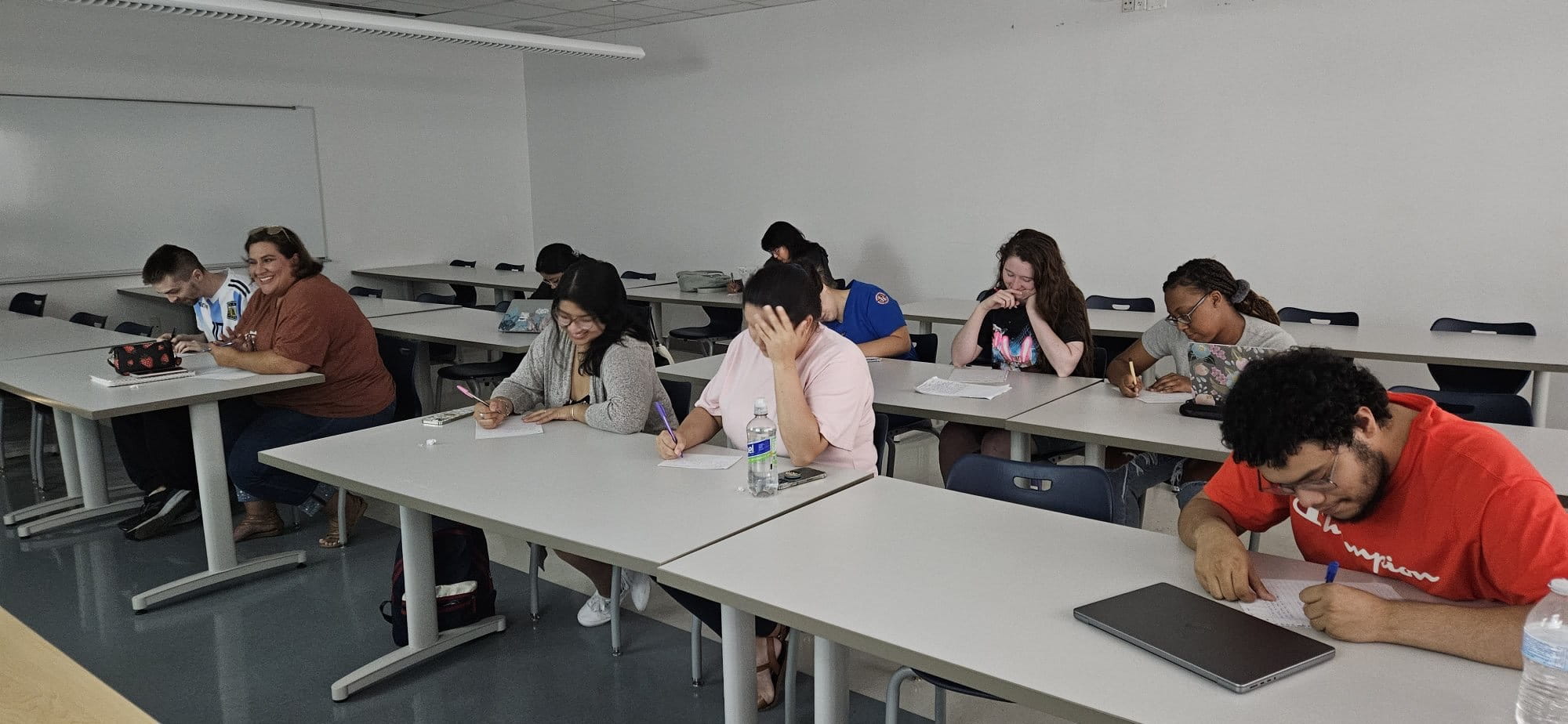
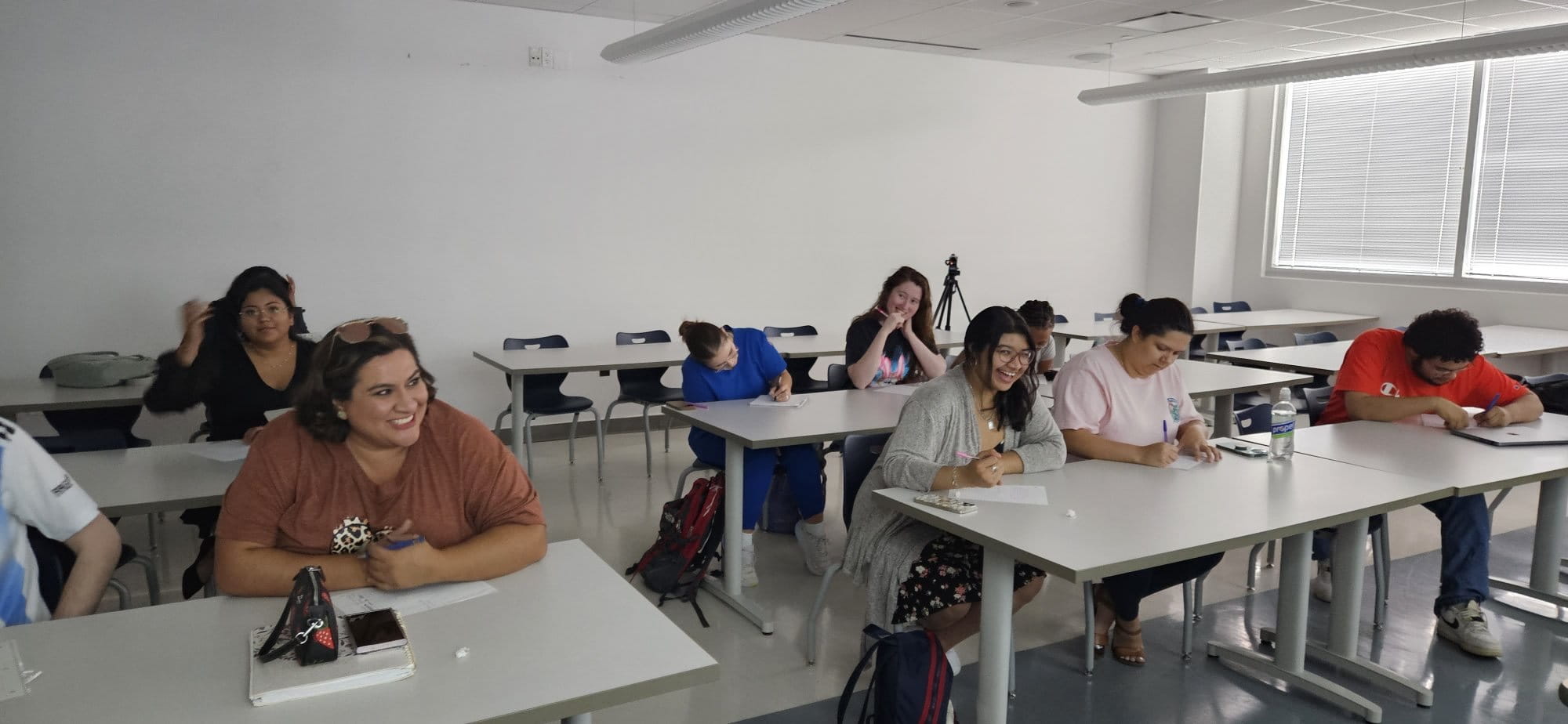
Pablo Picasso visited Paris for the first time in the fall of 1900 and within a few months he was already being investigated by the police. Although there was no evidence of any crime, he was suspected of being an anarchist, simply for being of foreign origin. This is not the first time he was treated as an "extranjero" (etymologically related to "extraño", strange, different). Having been born in Málaga, in the south of Spain, he was already treated as "different" when he moved north, first to A Coruña and then to Barcelona. It was 1904 when Picasso settled permanently in France. Most of his friends in the capital were "foreigners" like him in one way or another. This not only applied to all his Catalan friends residing in Paris, but also to French citizens like Max Jacob, a Jew and a homosexual, therefore an outsider; Guillaume Apollinaire, a revolutionary poet of Polish descent; Leo and Gertrude Stein, Jewish-American expatriates, or his dealer Daniel-Henry Kahnweiler, also a Jew of German descent. My presentation discusses the fact that Picasso defined himself as a "liminal artist", one that remained critically at the margins, living IN another culture, but not OF that culture. The two characters he identified with the most were equally liminal individuals: the Harlequin (a messenger from the dark side) and the Minotaur, half beast, half human.
Access to Workshop:
ICEIPI 2023 Workshop -- Huntsville - YouTube
Venue:
Sam Houston State University, 1905 University Ave, Huntsville, TX, USA
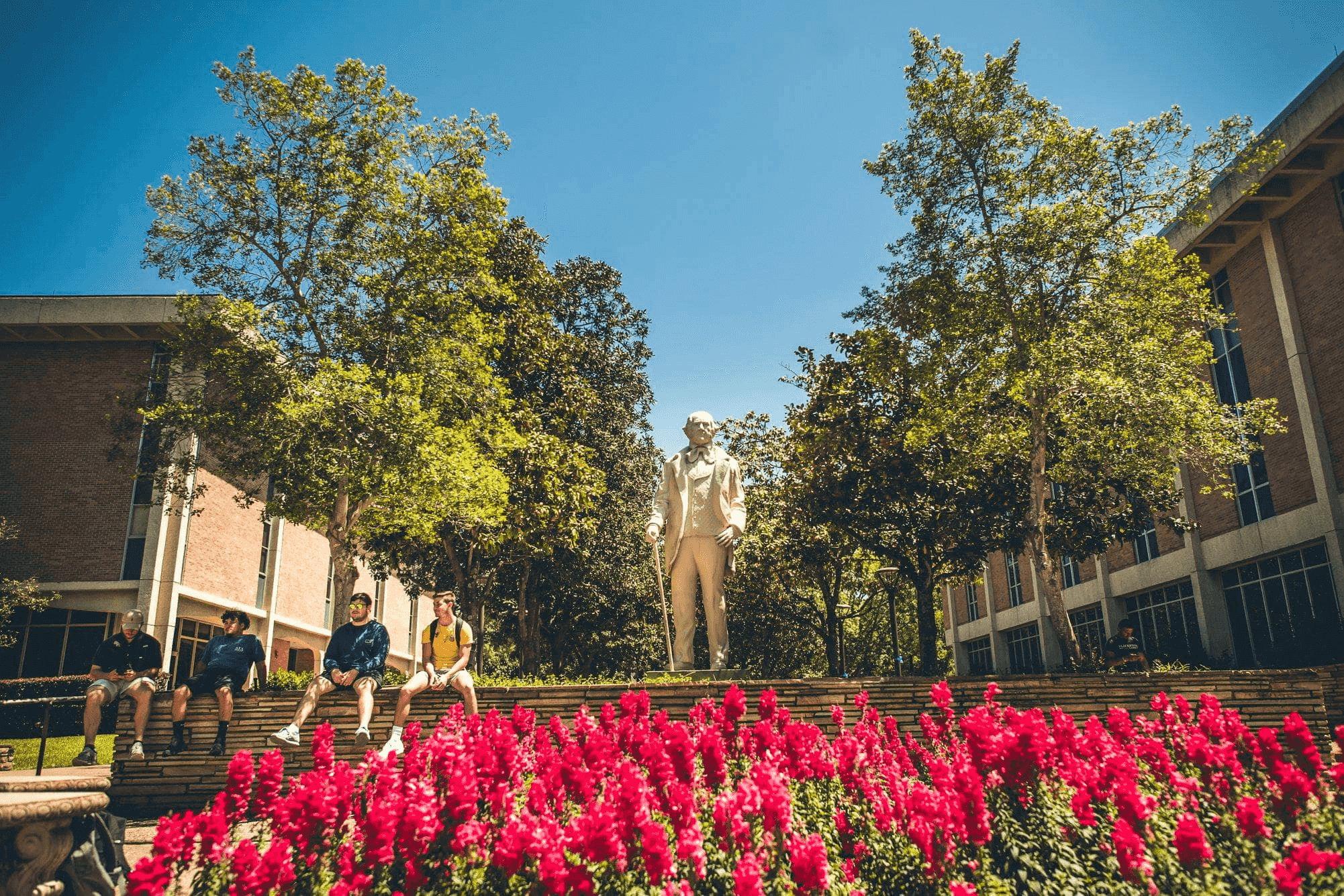
Visa
DECLARATION:
In order to ensure the information is correct and up to date, there may be changes which we are not aware of. And different countries have different rules for the visa application. It is always a good idea to check the latest regulations in your country. This page just gives some general information of the visa application.
US Visa Information
The B-1/B-2 visitor visa is for people traveling to the United States temporarily for business (B-1) or for pleasure or medical treatment (B-2). Generally, the B-1 visa is for travelers consulting with business associates; attending scientific, educational, professional, or business conventions/conferences; settling an estate; or negotiating contracts. The B-2 visa is for travel that is recreational in nature, including tourism; visits with friends or relatives; medical treatment; and activities of a fraternal, social, or service nature. Often, the B-1 and B-2 visas are combined and issued as one visa: the B-1/B-2.
Application Items
If you apply for a business/tourist visa, you must pay your $160 application fee and submit the following:
- A Nonimmigrant Visa Electronic Application (DS-160) Form. Visit the DS-160 web page for more information about the DS-160.
- A passport valid for travel to the United States with a validity date at least six months beyond your intended period of stay in the United States (unless country-specific agreements provide exemptions). If more than one person is included in your passport, each person desiring a visa must submit an application.
- One (1) 2 x 2 inches (51 x 51 mm) photograph taken within the last six months.
- If a visa is issued, there may be an additional visa issuance reciprocity fee, depending on your nationality.
In addition to these items, you must present an interview appointment letter confirming that you booked an appointment through this service. You may also bring whatever supporting documents you believe support the information provided to the consular officer.
Supporting Documents
- Invitation letter from business or school.
- Detailed CV or resume including a list of publications.
- Complete itinerary, including all meetings, conferences, and visits; include names, addresses, and telephone numbers of your hosts.
- For other materials, please refer to the U.S. Embassy or Consulate website.
NOTICE:
Should your application be denied, the organizing committee cannot change the decision of visa officer, nor will ICEIPI engage in discussion or correspondence with the visa application center on behalf of the applicant. The registration fee CANNOT be refunded when the VISA application of individual being denied.
